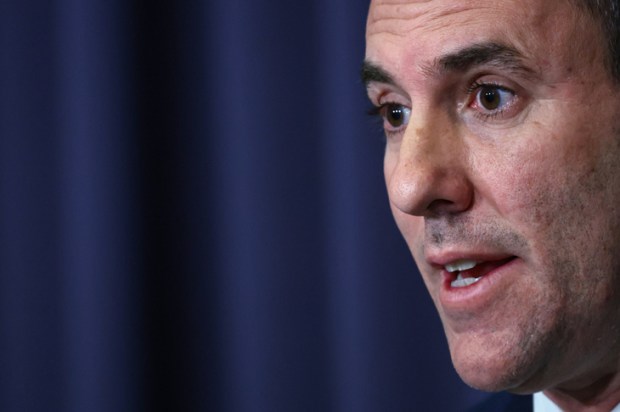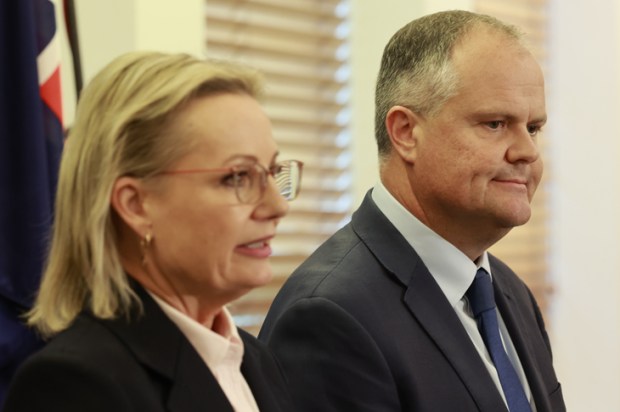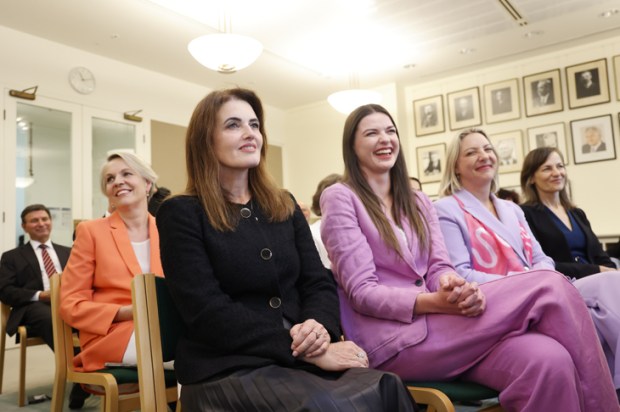One of the great mysteries of life here in Marvellous Melbourne is why the Age is assumed to be so influential. For a start, it is intriguing to inquire how many people buy it. It is not audited by the Audit Bureau of Circulation because ‘The Age ceased auditing in 2016’. The Age itself claims that its readership – not its circulation – is 4.5 million, meaning that 4.5 million people read it, every day. That seems a remarkably optimistic figure, as the population of Greater Melbourne is 4.17 million and therefore there are 330,000 more people who read the Age than there are people in Melbourne to read it, a phantom army of secret readers. But how do they get to a readership of 4.5 million? Well, this figure is reached by an assessment made for the Age by another research outfit that says so. But they count not only those who read the printed Age, but also those who ‘read’ or look at the online version. So, if a stockbroker checks 10 times a day on his BHP shares, that is 10 people who are doing it. Oh, and they also use that delightful term ‘etc’, which Mr Google tells us means ‘and so forth’. Thus, one stockbroker who checks 20 times counts not as one reader but twenty and ‘so forth’. So I have tried to get a definite answer to the real question of how many people actually buy or acquire the newspaper and might be influenced by it. The answer is that they either do not know or are not telling.
In the meantime, there is the other big question: do the people who buy or read the paper actually believe what they read? Unless they believe it, it is highly unlikely that they would be influenced by what they read. In that regard, I have noticed over the years a virus-like tendency spreading across the journal that must cast considerable doubt on whether people actually do, or should, believe what is served up to them. In particular, it is now de rigueur for the Age to rely on anonymous sources, so the reader is left in the dark as to who said what and why.
This trend began to irritate me so much that I started to collect stories in the Age that raise that disturbing question. So far, I have collected over 100 of them, all of which are reports that are based on unnamed sources.
My current favourite is ‘…one culturally and linguistically diverse ABC journalist said….’, who sounds as if they would not know if they are Arthur or Mustafa. Surely, we are entitled to know who he or she is, especially as we are paying for them. Meanwhile, over at the Greens, we have ‘multiple Greens volunteers, who asked not to be named, over safety fears…’. From what we know of the rape and pillage in that benighted organisation, their fear is probably well-founded. But that, surely, cannot override the obligation on the media to tell the public who’s who and what they are up to.
In fact, the Age is now so riddled with claims of anonymity that I have had to put them into categories. The first is what you might call basic anonymity where the story comes from ‘a source familiar with the negotiations’ or ‘a source with knowledge of the discussions’. You are simply not told who the source is or whether they might be engaging in their own little bit of contrived secrecy.
A second category emerges where the source deigns to give an explanation of why it should remain anonymous. Thus, we have, ‘one MP, speaking on condition of anonymity to discuss confidential matters’, ‘State law enforcement sources who briefed this masthead on condition of anonymity’, ‘a source close to the company with knowledge of its thinking’, ‘one Nine employee who cannot be named’, ‘senior company sources, speaking anonymously because they weren’t authorised to comment’, and ‘four Coalition sources, unauthorised to speak to the media’. The source is anonymous simply because sources are anonymous and with no other justification or excuse for their anonymity.
The third category is where the alleged source has demanded anonymity as an actual condition of speaking, will not speak unless it is guaranteed and the ‘masthead’ has blithely given in and become a party to the secrecy. Thus, we have ‘according to sources who spoke on condition they were not named’, ‘multiple staffers (of the Guardian) told this masthead, speaking on condition of anonymity’, ‘…an Egyptian official involved in the talks spoke on condition of anonymity to discuss the negotiations’, ‘one person with links to the Vatican said on condition of anonymity’, ‘the Age spoke to former senior executives at Nine, who spoke on the condition of anonymity’, ‘one MP, speaking on condition of anonymity to discuss confidential matters’ and ‘a person with knowledge of its operations, on the condition of anonymity’, ‘US officials, speaking on condition of anonymity’ and ‘three senior sources familiar with (the CFMEU) who spoke on condition of anonymity’.
The fourth category is where the source has not imposed the anonymity but has merely asked for it. Thus, we have ‘a text message sent by another former employee, who asked not to be named’, ‘two more employees, who did not want to be named’, ‘one such student, who didn’t want to be named’, ‘a medical source, who did not want to be named’, ‘according to industry sources who are aware of what happened but want to remain anonymous’, ‘two more employees, who did not want to be named’, ‘multiple TWU sources, who asked not to be named’, and ‘industry sources who are aware of what happened but want to remain anonymous’. And many more.
Can we seriously believe that the informed citizen is influenced by this maze of anonymity? But let us give the Age the last word: ‘The presumption of secrecy is eating away at the fabric of our democracy and the public’s right to know – the public interest is best served by openness.’ Hear, hear.
Got something to add? Join the discussion and comment below.
You might disagree with half of it, but you’ll enjoy reading all of it. Try your first month for free, then just $2 a week for the remainder of your first year.














